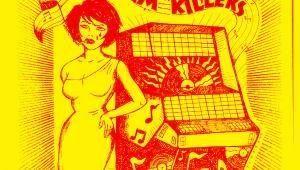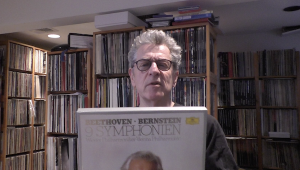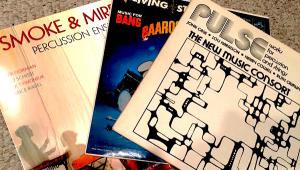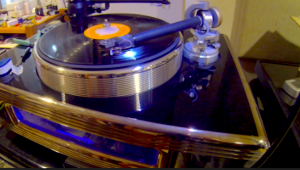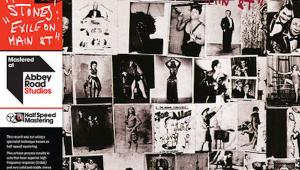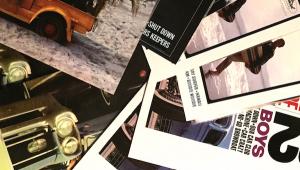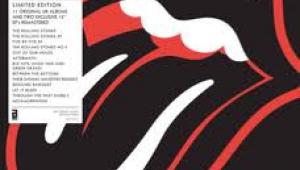A 24 TRACK MACHINE WAS USED FOR THE FINAL EDITING AND SEQUENCING ACCORDING TO LEWISOHN.
Tell Mark Lewisohn Abbey Road didn't have a 16 track at the time, much less a 24 track. And there would be no need to compile an album on a 24 track. 4 track machines were used to crossfade one song into another, or they simply played the two tapes into and recorded the resulting crossfade to another 2 track machine.
The next two Beatles albums, Abbey Road and Let It Be, were done on 8 track machines. 24 track machines didn't even exist in 1968.
And I don't understand how anyone couldn't identify Yoko's voice until this remix. That's just silly.











